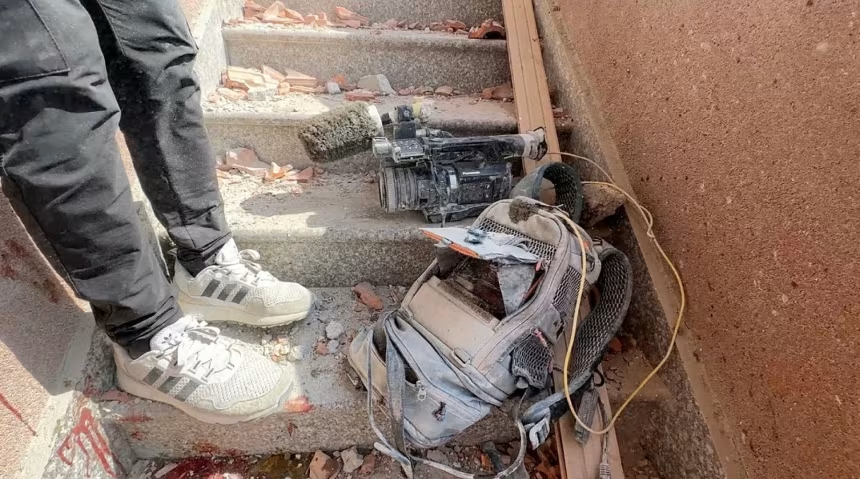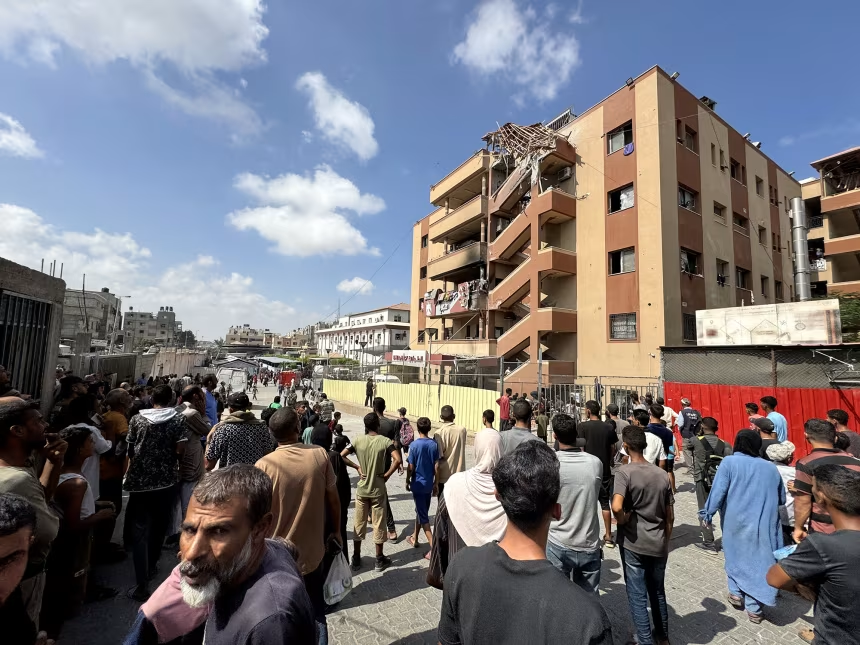The world of journalism is mourning once again after another series of deadly strikes in Gaza claimed the lives of media workers on the front lines. According to press freedom organizations, at least 189 journalists and media staff have been killed since the start of the conflict, making this the deadliest period for reporters in recent history. Most of the victims are Palestinian journalists who continued to report under unimaginable conditions, documenting war and famine in their communities.
The outrage grew louder after an attack on Nasser Hospital, where a double strike killed five journalists along with civilians and medical staff responding to the first blast. Among those who lost their lives was Mariam Abu Dagga, a freelance visual journalist known for her fearless coverage and her ability to capture both devastation and resilience through her lens. Her death became symbolic of the risks journalists take to keep the world informed even as their own lives are in constant danger.
In response, news organizations and press unions staged protests in cities across the world, holding banners that read “Don’t assassinate the truth.” Journalists demanded accountability and stronger protections under international law, arguing that targeting members of the press is not only an attack on individuals but also an attack on the right to know.
The killings have reignited debates about the responsibilities of warring parties to protect journalists and medical facilities, both of which are afforded special status under international humanitarian law. For many observers, the rising death toll among reporters highlights the collapse of these protections in modern conflicts.
As the war continues, the voices calling for justice grow louder. Journalists are not combatants—they are witnesses whose work is vital for truth, accountability, and history. Their loss is a reminder that when the press is silenced, so too is the world’s ability to see clearly through the fog of war.



